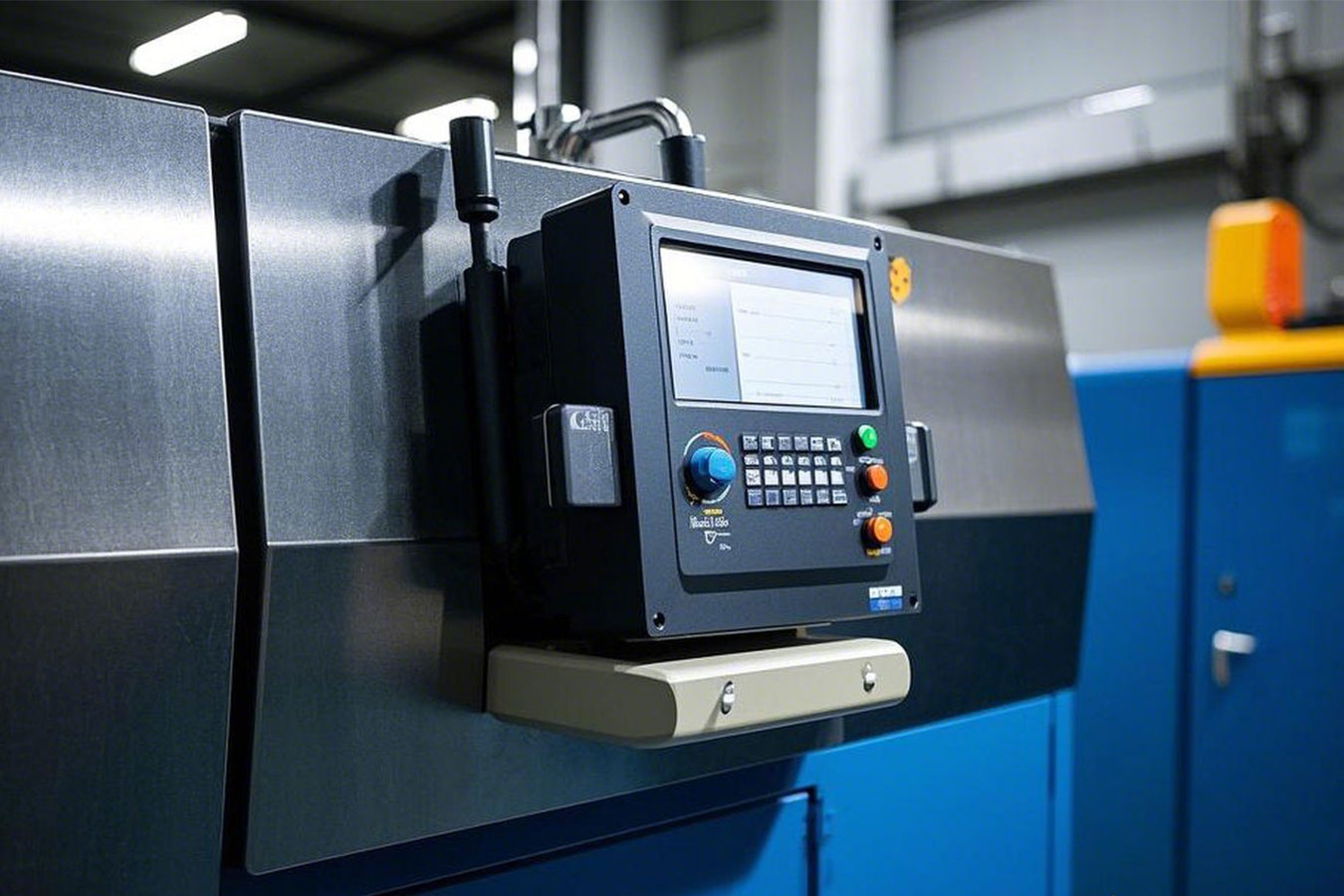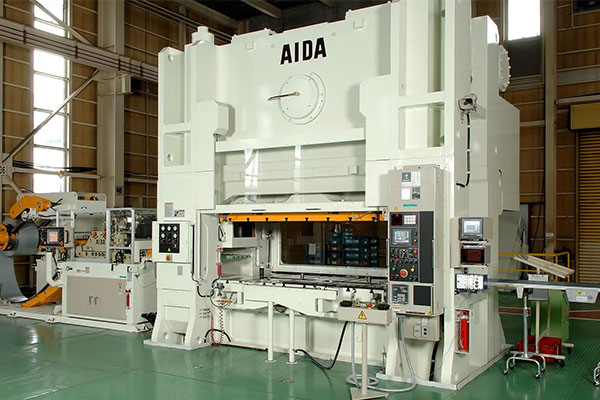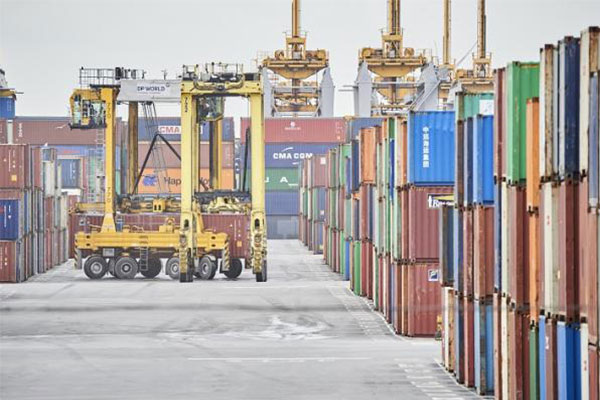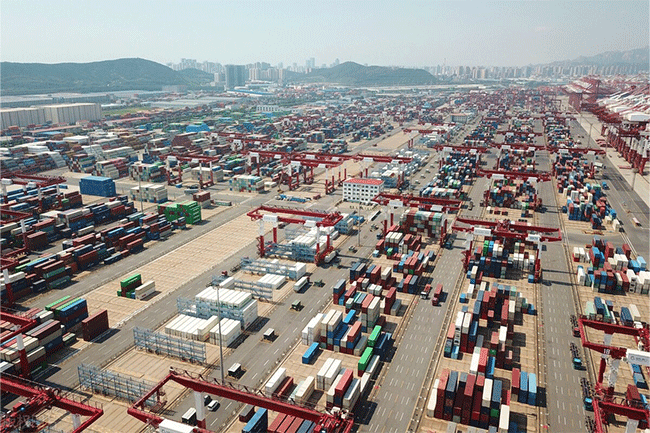- Shanghai Zhongshen International Trade Co., Ltd. - Two decades of trade agency expertise.
- Service Hotline: 139 1787 2118
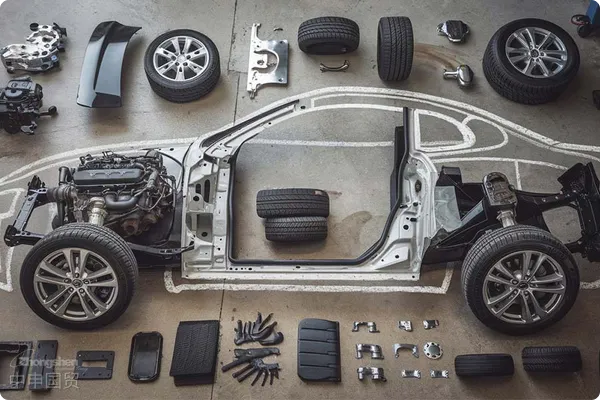
Against the backdrop of deep integration in the global industrial chain, pistons, as the "heart" of core mechanical components such as engines and hydraulic systems, face increasingly stringent technical barriers and compliance requirements in import trade. With 20 years of experience in the industry,foreign tradeImport RepresentationExperts, this article will delve into the key aspects of piston imports, combining real-world case studies to reveal solutions for industry pain points.
I. Analysis of the Technical Complexity of Piston Imports
Piston products are widely used in automotive manufacturing (accounting for 38%), construction machinery (25%), aerospace (18%), and other fields. According to the customs HS code classification, it is necessary to accurately match tariff codes such as 8412 (hydraulic pistons) and 8483 (internal combustion engine pistons), as declaration errors directly impact customs clearance efficiency. The latest EU certification data for 2023 shows that for ECE R67 (liquefied gas engine pistons) alone, three additional emission indicators have been added to the testing requirements, extending the certification cycle to 12 weeks.
II. Comprehensive Risk Management System for the Entire Import Process
1.Supplier Technical Verification
Establish a "Three-Dimensional Evaluation Model": ① ISO/TS 16949 System Certification ② Material Testing Report (focusing on monitoring the thermal expansion coefficient of silicon-aluminum alloy) ③ Production Process Validation (requiring proof of honing process parameters)
2.Optimization of Logistics Solutions
Considering the specificity of precision pistons (surface roughness Ra ≤ 0.4μm), it is recommended to use a constant temperature and humidity container for transportation. A case study from a German automotive brand showed that after adopting vacuum anti-oxidation packaging, the transportation loss rate decreased from 3.2% to 0.7%.
3.Tariff planning strategies
By leveraging the RCEP Rules of Origin, a Japanese company reduced its tariff from 8% to 0 through ASEAN transit. Note the tariff difference between piston rings (7318.15) and complete pistons (8409.91). Properly disassembling and declaring components can save 4-7% in overall costs.
III. Industry Frontier Trends and Response Strategies
1.Challenges in the Transition to Electrification
The hydraulic pistons used in Tesla's 4680 battery production line must meet IP67 protection standards, requiring traditional suppliers to upgrade their sealing technology. It is recommended that importers establish an "electrification technology package," including:
- High-voltage Insulation Coating Testing (≥1000V)
- High-Frequency Vibration Test Report (0-200Hz)
- Electromagnetic Compatibility Certification (CISPR 25 Standard)
2.Digital Customs Clearance Innovation
The pilot application of the AEO (Authorized Economic Operator) intelligent document review system enabled a certain agent to reduce the customs clearance time for piston imports from 72 hours to just 8 hours. The key points are:
- Pre-recorded ERP data interface with customs system
- Blockchain Technology Solidification Inspection Report
- Establish a dynamic classification database (covering 300+ piston variant models).
3.Require suppliers to provide EPEAT (Electronic Product Environmental Impact Assessment Tool) certification
The new EU regulations require piston products to carry carbon footprint labels starting from 2025. Suggested actions include:
- Prioritize the procurement of low-carbon aluminum (reducing CO? emissions by 6.5 tons per ton).
- Opt for LNG-powered vessel transportation (20% carbon reduction)
- Establish a recycling logistics channel (the residual aluminum recovery rate can reach 92%).
IV. Practical Case: Cost Reduction and Efficiency Improvement Plan for a Heavy Industry Enterprise
A certain construction machinery manufacturer imports 8,000 hydraulic pistons annually, with the original comprehensive costs including:
- Demurrage fee: 280,000 yuan/year
- Non-conforming inspection losses: 650,000 yuan
- Overpaid tariffs: 410,000 yuan
Through our company's designed "Four-in-One" solution:
- Establish a dual certification channel for German TUV + China CMA, reducing the testing cycle by 40%.
- Develop a multi-port distribution model (collaboration between Qingdao/Tianjin Port), reducing logistics costs by 18%.
- Apply for the tax exemption quota under the incentive program, saving 23% in tariffs.
- Implementing JIT inventory management reduced capital occupation by 15 million yuan.
Ultimately achieving a 37.6% reduction in annual comprehensive costs and increasing the on-time delivery rate to 99.2%.
Conclusion:
The piston import sector has entered a three-dimensional competitive era characterized by "technology + compliance + efficiency." The value of professional agency service providers lies not only in customs clearance execution but also in serving as clients' technical compliance advisors, supply chain architects, and strategic partners. It is recommended that import enterprises adopt a "full lifecycle management" mindset, leveraging digital tools to achieve end-to-end optimization from order placement to after-sales service. Over the next three years, with the emergence of new categories such as hydrogen-energy pistons and smart self-diagnostic pistons, import agency services will deeply evolve toward integrated technical solution offerings.
Related Recommendations
? 2025. All Rights Reserved. Shanghai ICP No. 2023007705-2  PSB Record: Shanghai No.31011502009912
PSB Record: Shanghai No.31011502009912
